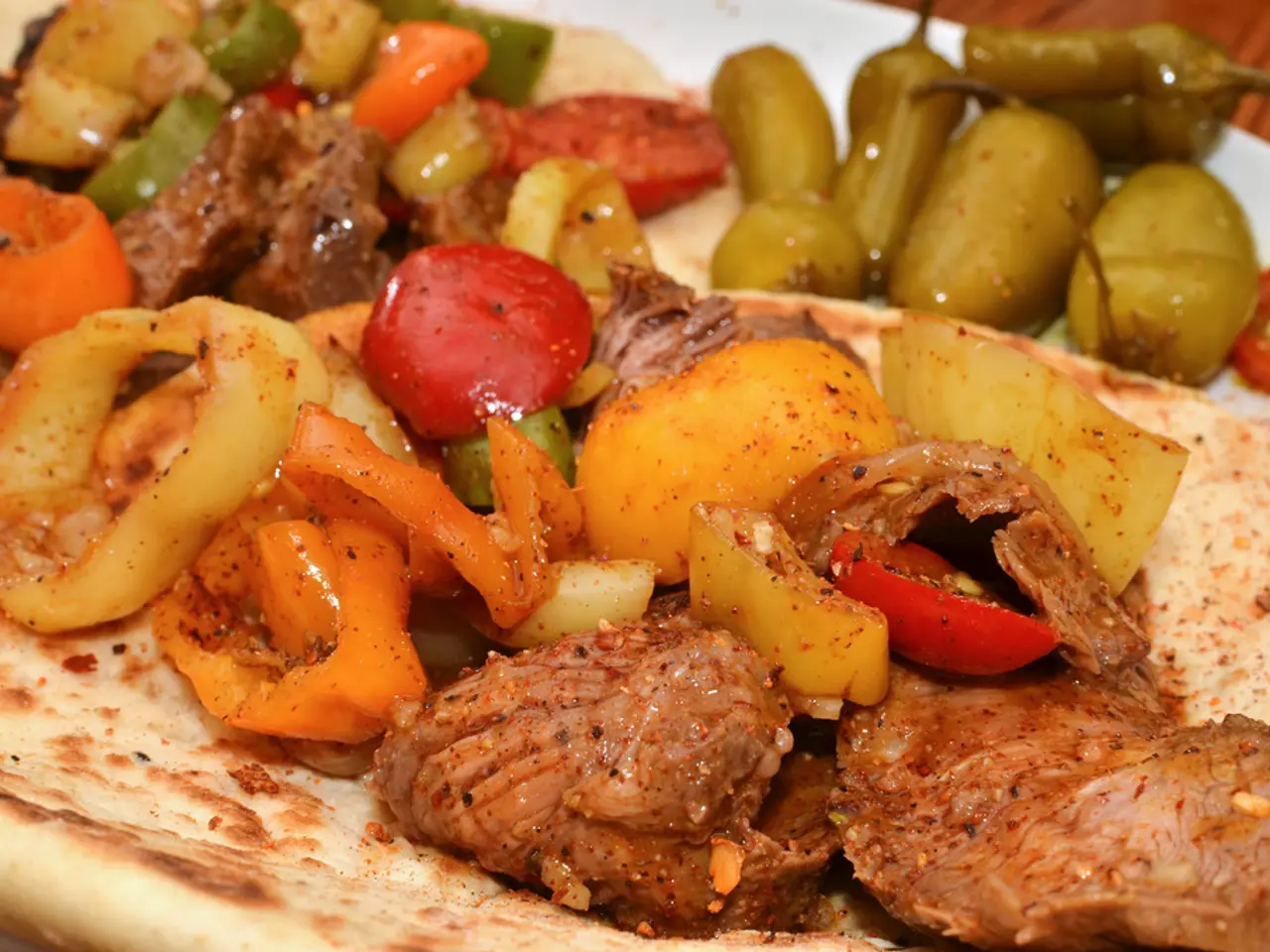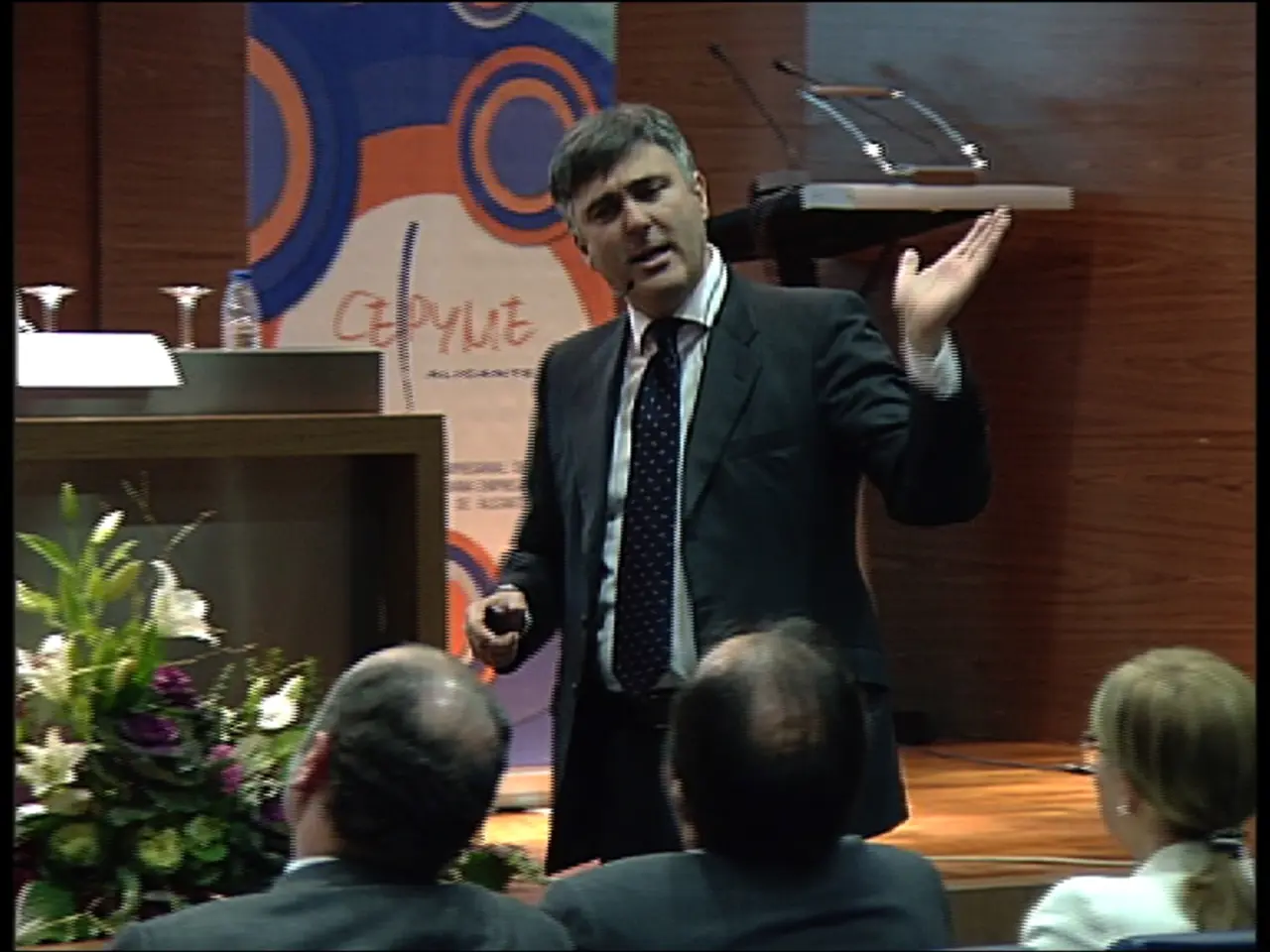Ensuring culinary sanitation: Keep the kitchen clean during meal preparations
In the realm of food safety, the German Federal Institute for Risk Assessment (BfR) offers valuable advice to help protect consumers from illness. Here are some key recommendations for maintaining cleanliness, preventing cross-contamination, and ensuring safe meal preparation.
1. Cleanliness is Key
Ensure all utensils, cutting boards, and surfaces are thoroughly cleaned and sanitized before and after use. To prevent cross-contamination, use separate cutting boards for raw meat, poultry, and seafood.
2. Store Foods Separately
Keep raw, cooked, and ready-to-eat foods separately to prevent cross-contamination. Use sealed containers for each type of food, and store raw meat, poultry, and seafood in the refrigerator at temperatures below 40°F (4°C).
3. Temperature Control
Cook foods to the recommended internal temperature to ensure they are safe to eat. Foods that require heating during preparation should be tackled after foods that don't need heating. Heating foods thoroughly, to at least 70 degrees Celsius for two minutes throughout, is necessary to kill most microorganisms.
4. Handling Precautions
Wash hands thoroughly before and after handling food. Avoid touching ready-to-eat foods after handling raw foods.
5. Labeling and Dating
Label and date leftovers to ensure they are consumed within a safe timeframe. Use the "first in, first out" rule to ensure older items are consumed before newer ones.
6. Preparation Techniques
Use a clean dish towel or paper towels to absorb excess moisture from vegetables, as excessive moisture can promote bacterial growth. Use food-grade containers for storing and reheating meals.
The BfR also emphasises the importance of heating raw sprouts and frozen berries before consumption, and washing fruits, vegetables, and fresh herbs under running tap water before preparation or consumption. Raw meat and poultry should not be washed, as it could spread bacteria further.
While the BfR does not provide specific guidelines for preventing cross-contamination during meal prep directly, these general recommendations align with typical food safety guidelines. By following these steps, you can help maintain cleanliness and control over food handling, which are crucial for preventing cross-contamination and ensuring a safe meal.
Maintaining a healthy and safe lifestyle involves adhering to proper food handling practices, as highlighted by the German Federal Institute for Risk Assessment (BfR). In addition to cleanliness, temperature control, and handling precautions, embrace health-and-wellness trends by incorporating therapies-and-treatments such as cooking classes for food-and-drink enthusiasts. To extend the safety principles beyond meal preparation, follow practices like labeling and dating leftovers, storing foods separately, and using proper preparation techniques.




